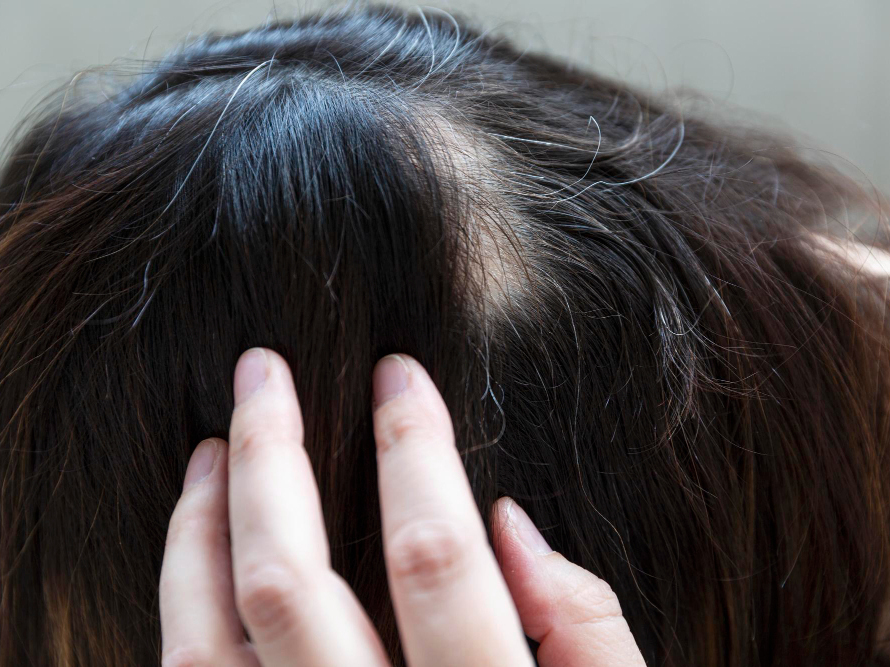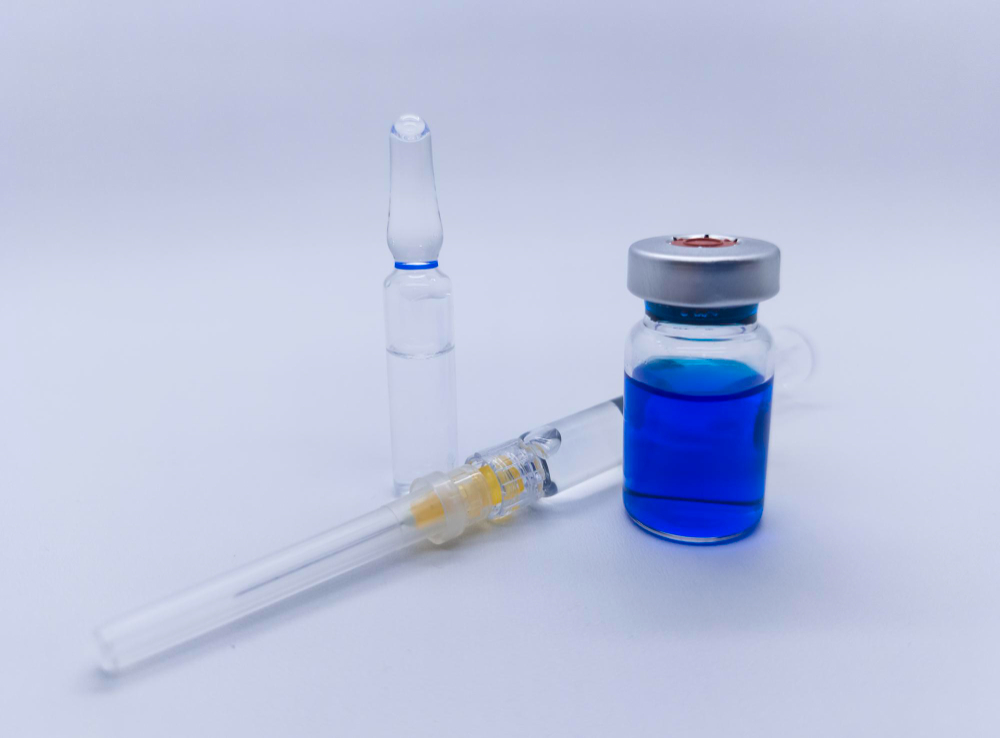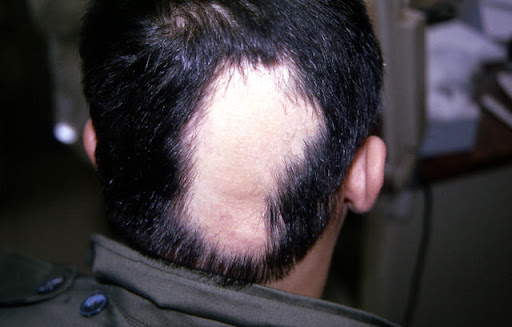Alopecia areata is a common autoimmune disorder that causes hair loss in patches or areas of the scalp, affecting both men and women. While there is no known cure for alopecia areata, there are several treatment options available to manage the symptoms and promote hair regrowth.
However, the effectiveness of these treatments may vary depending on the severity of the condition and other individual factors, and some may have adverse reactions. It is crucial to consult with a healthcare professional before initiating any treatment for alopecia areata. This article will explore the common symptoms, treatment options, and how alopecia areata can affect women and men differently.
Understanding Alopecia Areata
Alopecia areata is an autoimmune disorder that can affect anyone, regardless of age or gender. It occurs when the immune system attacks hair follicles, which leads to hair loss in patches or areas of the scalp.
The condition can be frustrating to manage and can have a significant impact on a person’s self-esteem and confidence. It is important to note that alopecia areata is not contagious, and it is not caused by poor hygiene or nutrition.

While the exact cause of alopecia areata is not known, researchers believe that a combination of genetic, environmental, and immunological factors may play a role in the development of the condition.
If you suspect that you may be experiencing hair loss or other symptoms of alopecia areata, it is important to speak with a healthcare professional. A medical professional can help to diagnose the condition and develop a treatment plan that is tailored to your individual needs.
Alopecia Autoimmune Disorder
Autoimmune disorders occur when the immune system mistakenly attacks healthy cells in the body, leading to inflammation and tissue damage. Alopecia areata is a type of autoimmune disorder that specifically affects hair follicles, causing hair loss in patches or all over the scalp.

In people with alopecia areata, the immune system attacks the hair follicles, which leads to inflammation and shrinking of the follicles. This, in turn, leads to hair loss. The exact cause of the immune system’s attack on hair follicles is not fully understood, but genetics, environmental factors, and other autoimmune conditions may play a role.
Alopecia areata can occur at any age, but it typically first appears during childhood or adolescence. It affects both men and women equally and can lead to emotional distress and self-esteem issues, especially in young people. Treatment options for alopecia areata include corticosteroids to reduce inflammation, immunosuppressants to suppress the immune system’s activity, and hair growth medications. However, this condition is currently incurable.
Symptoms of Alopecia Areata
Symptoms of alopecia areata can vary from person to person and may develop over time. Some people may experience mild symptoms, while others may have more severe cases of hair loss. Here are some of the most common alopecia areata symptoms:
- Hair loss in patches or clumps on the scalp, eyebrows, beard, or other areas of the body.
- Round, smooth bald spots on the scalp or other areas of the body.
- Itching or burning sensation in areas where hair loss is occurring.
- Changes in nail shape, texture, or color.
- Hair regrowth that may be white or fine in texture.
- Complete hair loss on the scalp (known as alopecia totalis) or the entire body (known as alopecia universalis).

It is crucial to understand that each person’s experience with alopecia areata is unique, and the effectiveness of treatment options may differ depending on the individual’s specific circumstances, including the severity of their condition and other personal factors. Furthermore, it is essential to acknowledge that certain treatments may cause adverse reactions, underscoring the importance of consulting with a healthcare professional to weigh the potential risks and benefits of any alopecia areata treatment before initiating it.
Alopecia Areata Treatment Options
Alopecia areata can be a challenging condition to treat, as there is no cure for the autoimmune disorder that causes it. However, there are several treatment options available that may help to manage the symptoms of the condition and promote hair regrowth. Here are some common treatment options for alopecia areata:
- Topical medications: Creams, gels, and ointments containing corticosteroids may be applied directly to the affected area to reduce inflammation and promote hair regrowth.
- Injections: Injections of corticosteroids directly into the scalp or affected area may help to reduce inflammation and promote hair regrowth.
- Oral medications: In some cases, oral medications such as corticosteroids or immunosuppressants may be prescribed to help manage the symptoms of alopecia areata.
- Light therapy: Also known as phototherapy, this treatment involves exposing the affected area to ultraviolet light in order to stimulate hair regrowth.
- Alternative therapies: Some people may find relief from alopecia areata symptoms through the use of alternative therapies, such as aromatherapy, acupuncture, or herbal supplements. However, it is important to speak with a healthcare professional before starting any alternative therapies, as they may interact with other medications or have potential side effects.

It is important to note that not all treatment options work for everyone, and results may vary depending on the severity of the condition and other individual factors. Additionally, some people may experience side effects from certain treatments, so it is important to discuss potential risks and benefits with a healthcare professional before starting any treatment for alopecia areata.
Alopecia Areata Women
Alopecia areata can affect both men and women, but women may experience the condition differently than men. For women, alopecia areata can be particularly distressing due to societal beauty standards and expectations surrounding hair. Hair loss in patches or bald spots can have a significant impact on a woman’s self-esteem, confidence, and overall well-being.

In some cases, alopecia areata in women may also be linked to hormonal changes, such as those experienced during pregnancy or menopause. Stress and anxiety may also be contributing factors to the development of alopecia areata in women.
Women with alopecia areata can benefit significantly from seeking emotional and physical support from their loved ones and healthcare professionals. Consulting with dermatologists and discussing available treatment options can help women with alopecia areata improve their quality of life and boost their confidence levels.
Alopecia Areata Men
Men with alopecia areata may experience hair loss in patches or bald spots, which can significantly impact their self-esteem and overall well-being.

Men with alopecia areata may feel self-conscious about their appearance, particularly if the hair loss is noticeable or affects areas such as the beard or eyebrows. This can result in anxiety, depression, and social isolation.
They can consider alternative styling options such as wigs, hairpieces, or even a clean-shaven look. These options can help them feel more confident and comfortable with their appearance. Ultimately, the most effective way to manage alopecia areata will vary from person to person, and it is essential for men to work closely with healthcare professionals to find the best solution for their specific needs.
Final Thoughts
In conclusion, alopecia areata is an autoimmune disorder that causes hair loss in patches or affects the entire areas of the scalp and can affect both men and women. Although there is no known cure for this condition, there are several treatment options available that may help to manage the symptoms and promote hair regrowth. However, each person’s experience with alopecia areata is unique, and the effectiveness of treatments may differ depending on the individual’s specific circumstances, including the severity of their condition and other personal factors. Therefore, it is essential to consult with a healthcare professional to determine the best treatment plan for each person.

One option that can provide benefits for patients with hair loss is Remotederm, an online dermatology consultation service. With Remotederm, patients can consult with a licensed dermatologist from the comfort of their homes, eliminating the need for in-person appointments and reducing the risk of exposure to infections.
This service can be particularly beneficial for individuals with alopecia areata, as they may feel self-conscious about their hair loss and prefer the privacy of an online consultation. Furthermore, Remotederm can help provide access to dermatological care for individuals who may live in areas with limited access to medical services. Overall, Remotederm can provide a convenient and effective way for patients to manage their symptoms of alopecia areata and improve their quality of life.
FAQs
1.Is alopecia areata a genetic disorder?
There is evidence to suggest that alopecia areata may have a genetic component, as it often runs in families. However, the exact genetic factors involved are not yet fully understood.
2.Can alopecia areata be prevented?
As the exact cause of alopecia areata is not yet known, it is not currently possible to prevent the condition. However, maintaining good overall health and managing stress may help to reduce the risk of developing alopecia areata.
3.Is alopecia areata only limited to the scalp?
No, alopecia areata can affect hair growth on other parts of the body as well, including the eyebrows, beard, and other areas with hair follicles.
4.Can alopecia areata go away on its own?
In some cases, alopecia areata may go away on its own without treatment. However, it is difficult to predict the course of the condition, and it may recur or become more severe over time.
5.Are there any long-term complications of alopecia areata?
While alopecia areata itself is not life-threatening or associated with serious health risks, the condition can have significant impacts on a person’s emotional well-being and self-esteem. It is important for individuals with alopecia areata to seek support and treatment options to help manage their symptoms and improve their quality of life.
